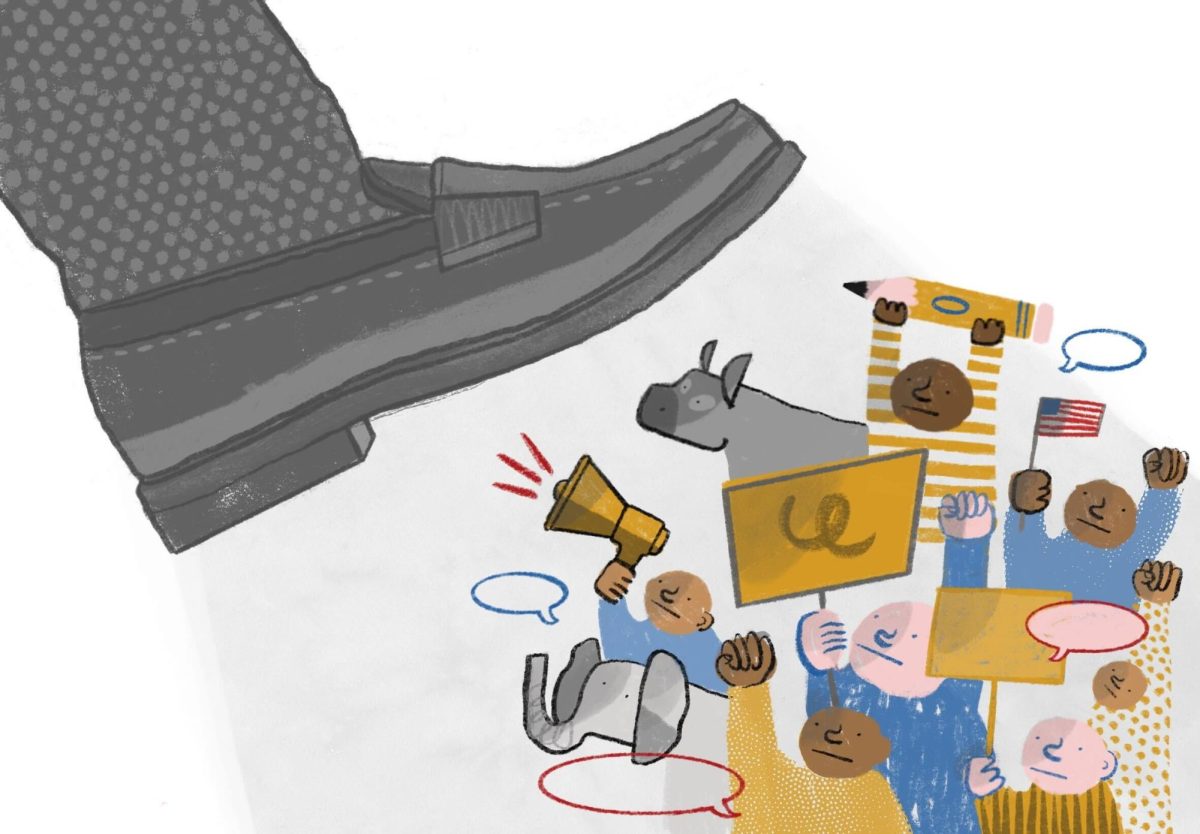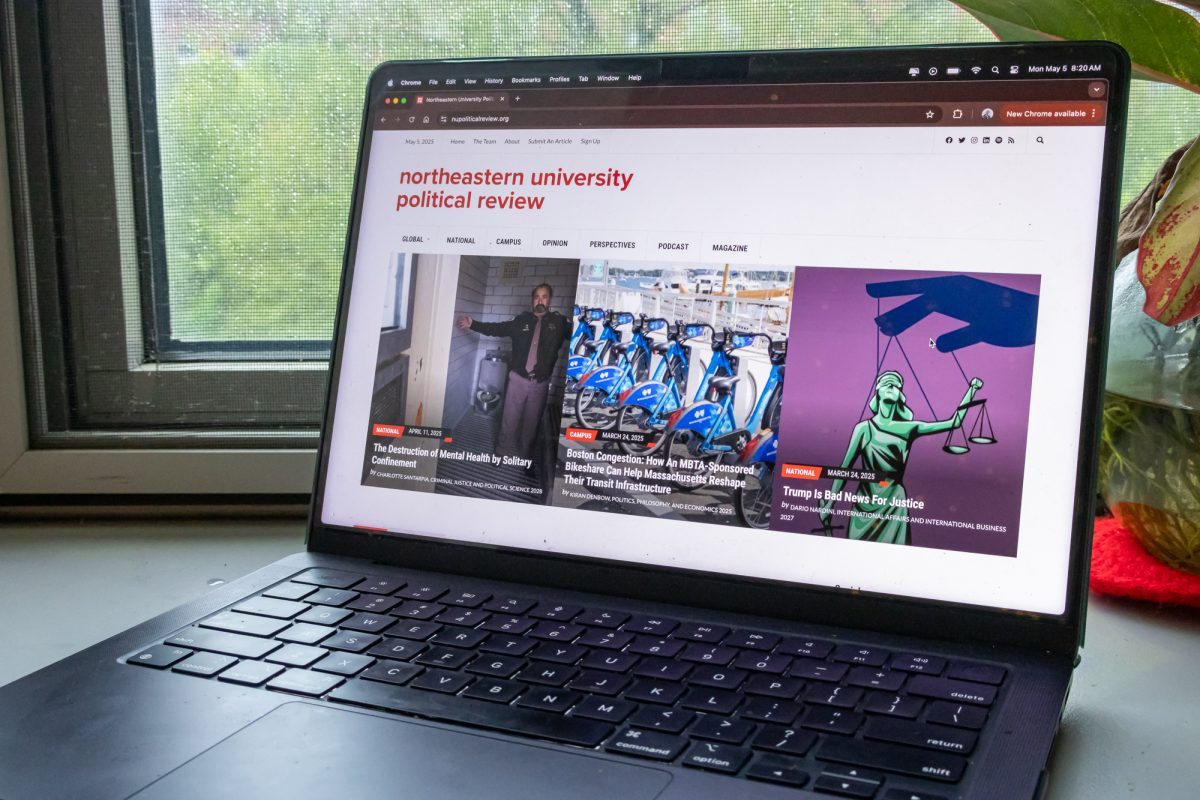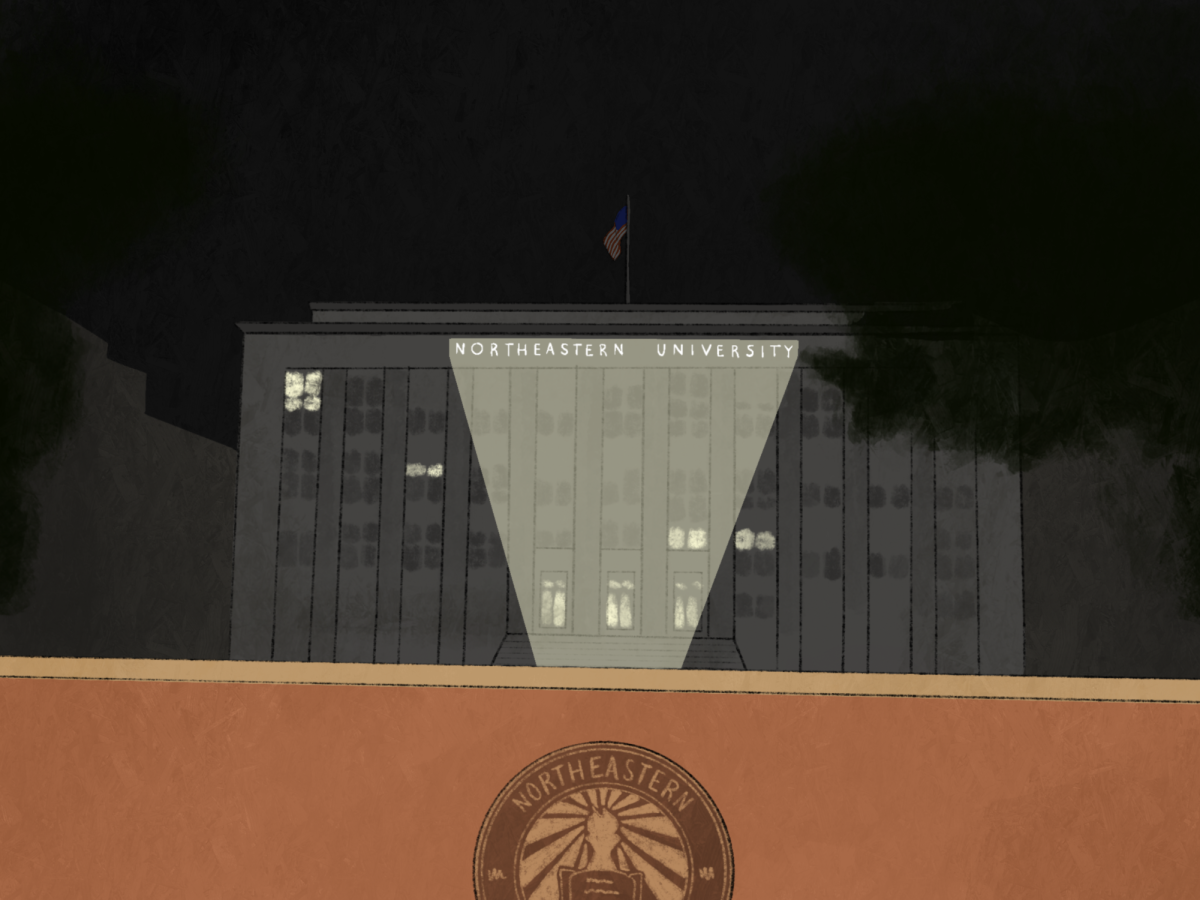When driving down Fort Bonifacio, the car air conditioning does little amid the sweltering heat — a typical Filipino summer with steam columns rising up from the asphalt and the ever-present ruckus of fruit vendors in their vibrant stalls lining the streets.
With my dad working in the foreign service, my family moved to the Philippines in 2013. During that time, I spent my days hanging out with my best friend, enjoying all-you-can-eat frozen yogurt at the school cafeteria and night-swimming to my heart’s content. It was safe to say that life was pretty sweet.
I remember being stuck in traffic one day, my eyes glued to my phone screen, when a sharp pain from the seat belt thrust into my stomach at the red light. Through the window, a thick aroma flooded my sinuses followed softly by a voice that said: “Sampaguitas for sale … 5 pesos per bouquet…”
When I peered outside, the first thing I saw were bare feet cracked and covered in soot atop the blistering asphalt. When I glanced up, her ribs protruded outward and I came face to face with a girl no more older than I was, 11 at most — shifting her weight to the side in vain effort to hush the howling baby on her back.
In juxtaposition, the Sampaguita bouquets were without blemish — their pristine whiteness out of place against the girl’s leathery fingers that grasped them. She stood completely still, surveying the inside of our car that was clad with amenities like built-in speakers and beverage holders, which were a mystery to her.
All I could do was open and close my mouth like a fish — my head an endless surge of thoughts that were impossible to muzzle. I thought to myself: “What if I roll down the window to hand her money and she tries to steal something from the car?” In that moment of hesitation, the light turned green and she was nothing more than speck in the distance.
“The girl will be fine,” I thought to myself as I scanned the river of cars behind me. After all, I was a minor whose chore money amounted to $2 a week. In the grand scheme of things, my actions didn’t matter and I found solace in that thought.
Now, I think back to that sweltering summer day in the Philippines nine years ago. Barely five minutes after passing the flower-selling girl, another child came rapping at the glass window with a Sampaguita bouquet in hand. After a few seconds, he moved on to the next car and the one after it.
In the 10 minutes I spent spectating, not a single car gave money. It was then that I was struck with a realization that if I didn’t lend a helping hand, then how could I count on others to do the same? In truth, 6.96 Philippine pesos could purchase a loaf of white bread to feed a family. That amounts to 37 cents in U.S. currency.
The bubble of luxury and comfort enveloping me had popped. I began to see the Philippines for what it really was. To my right, tin homes as far as the eye could see packed people in like sardines. Due to the lack of space, bags of trash were strapped to the roofs of these homes, which were precariously close to collapsing in plain sight. Naked children without their mothers made bonfires atop traffic islands in an effort to warm their food.
I felt consumed with shame for not helping the girl we passed and was dumbfounded at my sheer obliviousness to the inequality and poverty that ravaged the economy of the country.
In 2022, the top 1% of earners in the Philippines earned 17% of the nation’s total income, with individuals living below the poverty line making around $10.75 a week. Consequently, many do not have the financial capability to afford basic necessities such as clean drinking water. This results in various health issues such as waterborne diseases — one of the top 10 causes of mortality within the country.
To further worsen these poverty-related problems, entire blocks of municipalities do not have hospitals in their vicinity. Agutaya, an island in the province of Palawan, is 42 kilometers from the nearest hospital by boat, while others must walk an average of 13 kilometers to gain access to healthcare due to poor transportation infrastructure. It’s no wonder that an average 70% of Filipinos die without ever seeing a doctor.
As a third-culture kid, I’ve received a lot of sympathy from friends and family over the years. Whenever I’d tell people about this nomadic lifestyle, they’d say, “Things must be so difficult, I could never uproot my life every three to four years.”
While I’d normally nod in agreement, I knew this wasn’t the whole truth. In each country we’d move to, the United States government would cover the cost of amenities like school tuition and lodging expenses. In the Philippines, we even had a katulong, or helper, who would cook and clean our house weekly. In reality, I was already equipped with resources necessary to live a comfortable life.
At 20 years old, I’m trying to do a lot more to help my community compared to the past. Despite volunteering at a non-profit that provides tailored meals to the chronically ill and working at the hospital’s thoracic surgery unit, I still feel powerless at times — as though my actions are scratching the surface without making a prominent difference in helping the multitude of people in need.
The bright eyes and cracked feet of the flower-selling children are burned into my memory, as I recount that day time and time again. In turn, I believe that actions an individual takes do not have to be big in grandeur to be considered significant. If I don’t have the capability to help an entire village, at least I have the power to make a small difference for one.
Mikayla Tsai is a third-year behavioral neuroscience major. She can be reached at tsai.mik@northeastern.edu.
The Huntington News is dedicated to serving the Northeastern University community with original, professional reporting and creating an environment in which student journalists can learn from one another. Support an independent, free press at Northeastern University with your donation today.

















